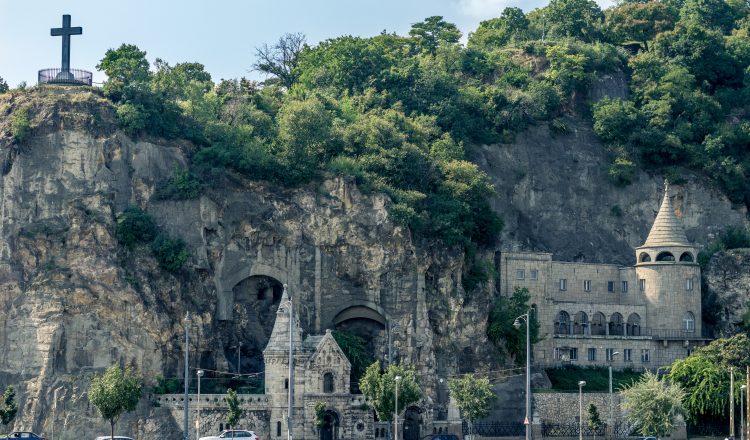
Let’s meet at the International Eucharistic Congress in Budapest!

83 years have passed since Hungary last hosted the Catholic World Event. Now Budapest has been appointed again to host and organise the meeting, scheduled for 5-12 September. Lying at the East- and West European border, Budapest, the capital city of Hungary definitely has an extremely unique atmosphere. The city is full of wonders, it is a real gem, so come and enjoy an adventure trip in the city of mysteries. Be sure, there is no exaggeration in it at all, since millions of secrets are to be discovered even in a few days’ time.
Let’s start with the right bank of the river Danube, where you quickly find yourself at the foot of Gellért Hill. As part of the world-famous Budapest panoramic views, the Banks of the Danube, including Gellért Hill with its environs have been rightly recognized amongst the outstanding universal values and listed as UNESCO World Heritage sites since 1987. The hill even hides a cave church and a huge water reservoir.
The 235 metres high dolomite rock looms over the Danube on the Buda side of Budapest, between the bridgeheads of the Erzsébet (Elisabeth) and Szabadság (Liberty) bridges. The hilltop is dominated by the Citadel, a fortress having been built for defence purposes and to exercise control over the city. Crowning the spectacular scenery, right in front of it stands the Liberty Statue.
The Hill was named after Bishop Saint Gellért, a Venetian origin Benedictine monk, Hungary’s first bishop and the most effective preacher of Blessed Virgin Mary’s honour. He was brutally killed in 1046 by pagan rebels, upon an outbreak of a violent revolt against Christianity. A walking path leads to the St. Gellért Monument, standing above a waterfall, halfway up the hill from Elisabeth-bridge, and marking the spot the bishop was hurled to death into the river.
Heading towards Liberty-bridge, take just a short 800 meters walk and there you arrive at a cave, serving as a Cave Church, a chapel built for the Hungarian founded Pauline monastic order. The entire Pauline order was arrested by the Communist State Security in 1951 and the Cave Church entrance was sealed behind a thick concrete wall. Following the regime change the Church has reopened its doors, nowadays the Pauline order celebrates Holy Masses several times a day.
A huge drinking water reservoir, named after Prof. József Gruber hides in the stomach of the hill. It plays an exclusive role in the smooth water supply of the capital, since the city’s high daytime need amounts up to 423 cubic meters on average. Just for a slight comparison: the same quantity of crude oil covers the 3 months fuel need of the entire country.
Next door to the Cave Church, the grandiose building of Hotel Gellért houses one of the most attractive thermal baths of Budapest. In addition to the remedial effects of the mineral-rich thermal water, various wellness possibilities are also available. A great opportunity to relax and to re-energise our body after all the spiritual experiences. A further choice from the wide range of the local thermal baths that sit on the numerous thermal springs of Budapest, can be the recently renovated (in 2014) Rudas Spa and Bath right under the rocks of Gellért Hill, at the footbridge of Elisabeth-bridge.
Photo: IEC










